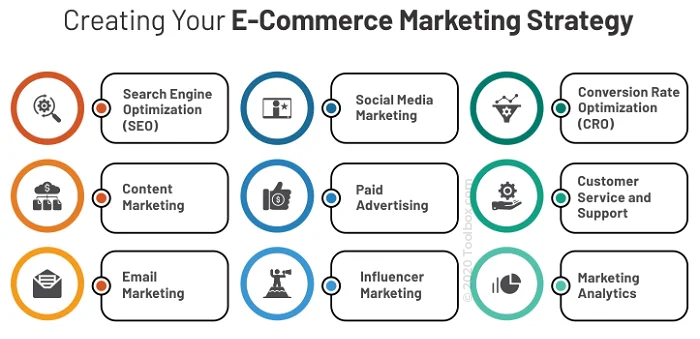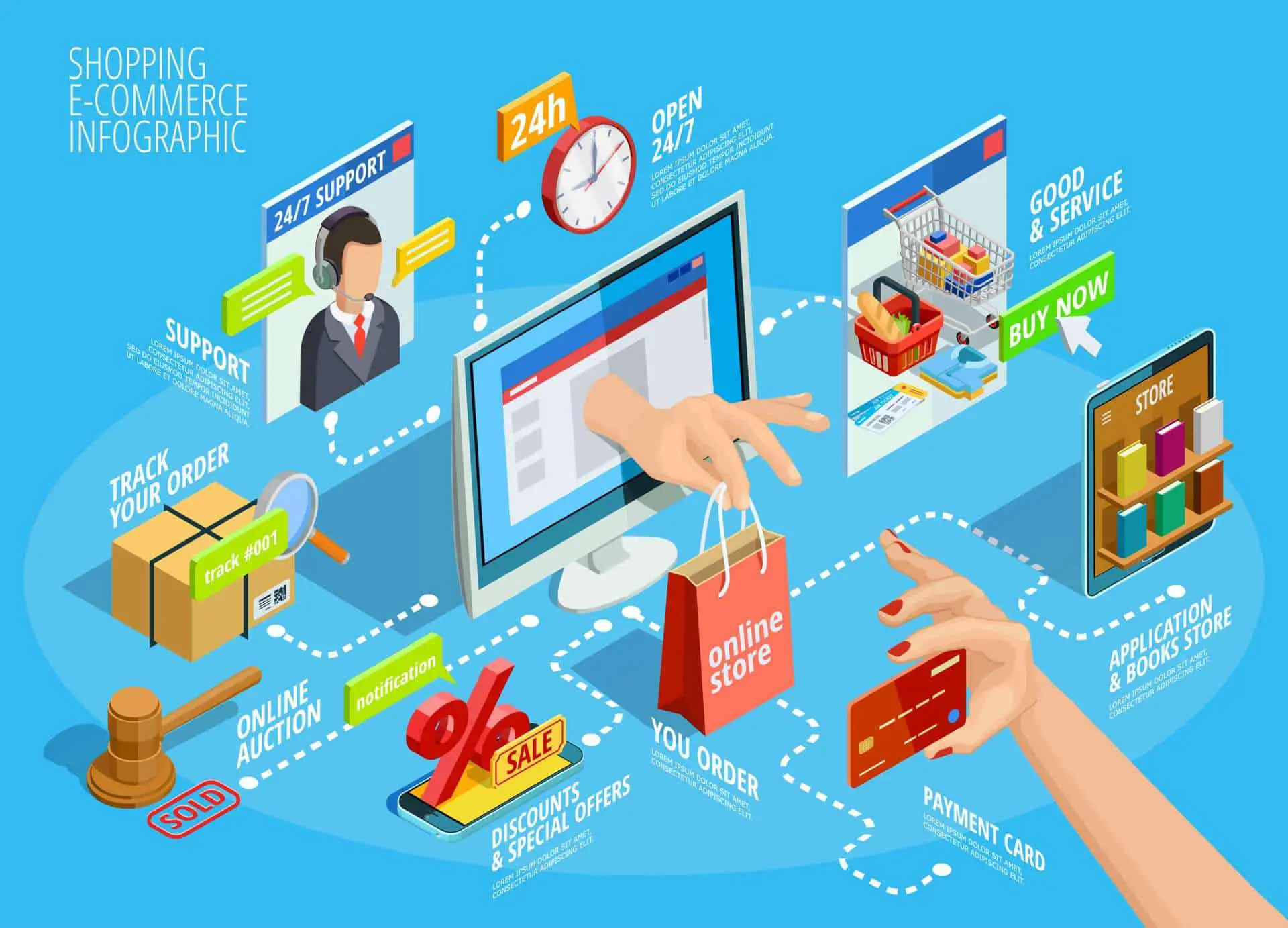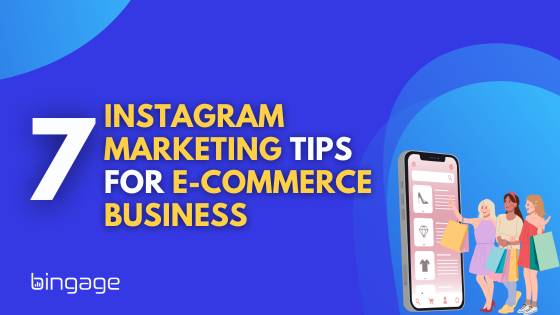7 eCommerce Marketing Best Practices, in the fast-paced world of e-commerce, success hinges on the mastery of intricate strategies and practices. In this digital arena, where competition is fierce, e-commerce businesses must harness the power of e-commerce marketing strategies, fine-tune their tactics for optimizing online stores for sales, and employ the art of conversion rate optimization tips. Furthermore, embracing e-commerce SEO best practices is non-negotiable. In this comprehensive guide, we’ll dissect these practices, providing insights that can empower your e-commerce venture.

Table of Contents
1. E-Commerce Marketing Strategies: The Pillars of Success
A well-crafted e-commerce marketing strategy is akin to a roadmap leading to success. It’s about defining your target audience, understanding their needs, and delivering the right message at the right time. These strategies encompass an array of techniques, from content marketing to social media advertising and email campaigns. The overarching goal is to drive traffic and conversions, ultimately boosting your revenue.
E-commerce marketing strategies are an ever-evolving field. In an age where personalization and customer-centric approaches are paramount, it’s essential to stay ahead of the curve. Tailoring your strategy to your unique niche and audience is pivotal. The aim is to create a seamless, engaging shopping experience that keeps customers coming back.

2. Optimizing Online Stores for Sales: The User Experience
A stellar e-commerce website isn’t just a digital storefront; it’s an experience. When it comes to optimizing online stores for sales, user experience reigns supreme. From the moment a visitor lands on your site, every element should guide them toward a purchase.
User-friendly navigation, intuitive search functionality, and a responsive design are essential. Loading speed, too, is a crucial factor in keeping visitors engaged. The e-commerce journey should be seamless, from product discovery to checkout, creating an immersive and convenient experience.
3. Conversion Rate Optimization Tips: Turning Visitors into Customers

Conversion rate optimization tips are the magic wand that transforms visitors into paying customers. It’s about fine-tuning your website to encourage actions you want your visitors to take. Be it signing up for a newsletter, making a purchase, or sharing a product on social media, every step counts.
A/B testing, heatmaps, and analytics are your allies in this quest. They reveal insights into user behavior and pain points. Test different elements, from CTAs to product descriptions, and observe how they impact conversions. Keep in mind that even minor tweaks can have a substantial impact.
4. E-Commerce SEO Best Practices: Navigating the Search Engines
E-commerce websites are only as effective as their visibility on search engines. Embracing e-commerce SEO best practices is fundamental for attracting organic traffic. These practices go beyond keywords; they encompass site structure, quality content, and mobile-friendliness.
Optimizing product descriptions, meta tags, and image alt text can enhance your visibility on search engine results pages. Invest in building quality backlinks to establish authority in your niche. Mobile optimization is non-negotiable, considering the surge in mobile shoppers.

5. Content Marketing: A Story to Sell
Content is the heart and soul of e-commerce marketing. It’s not just about product listings; it’s about storytelling. A well-executed content marketing strategy can elevate your brand and captivate your audience.
From blog posts that educate and entertain to videos that demonstrate your products, content marketing adds depth to your brand. It’s a chance to showcase your expertise, tell your brand story, and connect with your customers on a personal level.
6. Social Media Advertising: Reaching the Masses
Social media platforms have become the bustling marketplaces of the digital age. Social media advertising allows you to reach potential customers with surgical precision. Platforms like Facebook and Instagram offer advanced targeting options that enable you to tailor your ads to specific demographics, interests, and behaviors.
Additionally, social media is a fertile ground for user-generated content, which can boost your brand’s credibility and authenticity. Leverage the power of influencer marketing to tap into engaged audiences and create a buzz around your products.

7. Email Marketing: Building Customer Loyalty
While email marketing may not be the newest player on the field, it remains one of the most effective. It’s an avenue for building and maintaining customer loyalty. Through email marketing, you can keep your audience informed, nurture leads, and re-engage past customers.
Personalization is key in email marketing. Segment your email lists and tailor your messages to the specific interests and behaviors of your recipients. Whether it’s cart abandonment reminders or exclusive offers, email marketing helps you stay connected with your audience.
Conclusion: 7 eCommerce Marketing Best Practices
The digital marketplace is a dynamic realm, but armed with these e-commerce marketing best practices, you can navigate it with confidence. Remember, e-commerce success is a journey, not a destination. Continuously adapt and refine your strategies, staying attuned to the ever-changing needs and expectations of your customers. With the right approach, your e-commerce venture can thrive and carve its place in the digital landscape.





More Stories
The Secrets of 7 Content Marketing for B2B Companies
Unlocking the Secrets of 9 Social Media Advertising ROI
Mastering the Art of Email Marketing Conversion: 11 Expert Tips